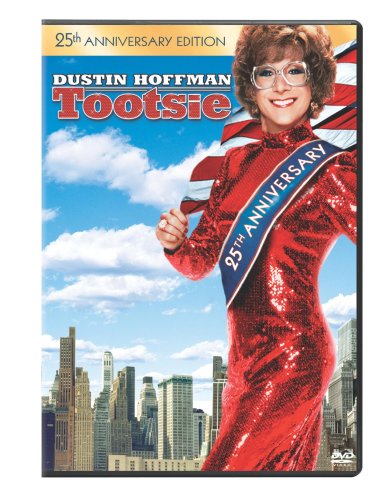Last week, my wife posted on Facebook that she was frustrated with her job hunt.

An hour later, she got a call from someone she hadn’t talked to in 10 years. He wanted to talk about a great business opportunity. He wouldn’t say what it was, but wanted to bring a friend over to discuss it.
Fast forward to last night.
The night my wife agreed to meet with the old friend.
The meeting we forgot about.
So we invited our friend and his friends into the house. We sat down at the dining room table to hear the pitch. Our friend is just getting started so his “friend” delivered the pitch.
While I was waiting for him to explain the business, he was showing us pictures of he and his wife traveling around the country.
Instead of explaining the product, he asked about our most expensive dreams.
Instead of telling us how the marketing worked, he mentioned something about utilizing the internet–and i-Commerce–and talked about changing our buying habits.
Instead of showing us a product, he talked about driving volume and building a team.
There was nothing concrete, but a lot was said to ride on the dreams of people who are frustrated with their income or are living paycheck-to-paycheck.
More than an hour into the presentation, it was revealed that the “product” is a buying portal to allow people to buy Amway products from your personal Amway store.
Freaking Amway.
How do they find your personal Amway store, you ask? I don’t know, because you are supposed to be your own best customer. You make money by buying the products you use anyway, but buy them from Amway. For example, there’s the $10 toothbrush, the $16 baby wipes, or the $38 toilet paper.
For six frickin’ rolls.
Seriously, this stuff is meant to touch my butt once. I don’t need it made from pressed gold.
As for the visual…you’re welcome!
So I sell a kidney to buy enough toilet paper to keep my nether bits clean for a month and I get one point for every $3 I spend. I figure that’s about 50 points per month, given the foot traffic our bathrooms see.
If I hit 100(I think, he didn’t leave the paperwork) points, I get 6%(again, I wasn’t taking notes) back at the end of the next month. For the sake of the math, I’m going to double the number of butts in my house. 100 points means I need to spend $300. That’s 47 rolls of toilet paper. In exchange for this $300–and on top of gold-embroidered silk I now get to flush down the toilet–I’ll earn $18.
I know exactly how much toilet paper I buy right now. Amazon sends me a 48 roll package every other month for $31.42, shipped.
To simplify, Amway is offering me the ability to spend $300 to get $18 plus $31.42 worth of toilet paper. I’m supposed to end my financial worries by turning $300 into $50 every month.
Yay!
[Note to self: Demolish Amway’s business model by starting a company that will let people turn $200 into $50, without the nasty overhead of stocking overpriced crap. A 33% increase in efficiency will make me rich!]
But wait, say the imaginary Amway proponents that I hope aren’t frequenting my site, you’re forgetting the most important part!
Oh really?
There’s also a thing called a “segmented marketing team”. To the rest of the multi-level marketing world, this is known as your downline. If you can con your family and friends into turning their $300 into $50 every month, then help them con their family and friends into turning $300 into $50 every month, you’ll get rich! Amway has apparently figured out a way to share a small fraction of their 600% markup with their victims to make them feel like it’s a business opportunity instead of a robbery.
If I get 9 people in my “business team” and each of them build out their team, I get the coveted title of “Platinum Master” or whatever. All I have to do is sell the souls of 72 people and I can make a ton of money! If each member of my downline turns $300 into $50, Amway will get $18,000. In exchange for delivering those souls, the “average” Platinum Ninja makes about $4500 per month. That’s about $12,000–free and clear–for Amway.
When your business model consists entirely of your sales force doing all of the buying and consuming, it’s not a business model, it’s cannibalism.




















